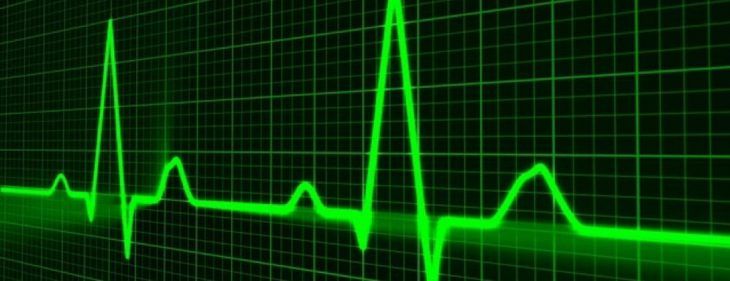Allison: U.S. COVID deaths peaked higher than thought, then fell faster
by June 22, 2020 12:01 pm 2,491 views

Arkansas’ former state Medicaid director says COVID-19 deaths peaked earlier and higher nationally than many thought, but then the number of deaths fell farther and faster than was generally recognized as well. He also says those falling mortality rates suggest social distancing policies were successful.
Andy Allison bases his assertions on overall mortality rates for all causes compared to deaths during the same weeks during previous years, rather than official COVID-19 deaths, which are less accurate.
“The ultimate test of a really big pandemic like this is if far more people are dying overall,” he said. “And the appeal of that from the point of view of statistics is, and I would think for the common citizen … we might get the cause of death wrong, but we’re probably going to get the fact that they are deceased right, and we’re probably going to get that date pretty close to right.”
Allison says up to 40% more people died of COVID-19 through May than the commonly cited Worldometer numbers would indicate. In a Facebook post June 11, he said the numbers suggest that 147,000 Americans had died directly or indirectly from COVID-19. The Worldometer estimates that 122,247 had died of the disease as of June 21. Worldometer is a stat-keeping service led by an international team of developers and researchers. According to the Centers for Disease Control and Prevention, 119,615 Americans had died as of June 21.
Allison served as Gov. Mike Beebe’s state Medicaid director from December 2011 through May 2014. He was one of the primary architects of the private option, now known as Arkansas Works, which uses federal dollars under Obamacare to purchase private health insurance for lower-income Arkansans. After leaving the Beebe administration, Allison was a consultant with McKinsey and Company and has spent the past year as the Illinois Department of Healthcare and Family Services’ deputy director for strategic planning. He emphasized that his views about COVID-19 were his personal observations, not his employer’s.
Allison said roughly 2,500 more Americans died during the week ending March 21 than died in the same week in previous years. That number rose sharply over the next three weeks until it peaked at about 23,000 additional deaths the week ending April 11. The Worldometer measurement said the total number of U.S. COVID-19 deaths that week was well under 14,000. Then the next week, the total number of excess U.S. deaths began a downward slope to 22,400, while the Worldometer metric said it was still increasing past 15,000.
From that point forward, both estimates fell, but while the Worldometer COVID-19 death rates were falling along a gentle slope, the overall excess death rate was falling sharply. The numbers converged during the week ending May 9, and since then the excess overall death rates have fallen below the Worldometer COVID-19 rates. For the week ending May 30, there were between 6,000 and 7,000 more overall deaths than would be expected.
“It turns out that we were on a much steeper mortality curve than it even appeared at the time,” he said. “It now looks especially frightening, and yet at the national level at that time, we turned it around.”
Allison said time will tell why that turnaround happened, but he notes that the week ending April 11 marked one month after the start of social distancing. The mortality curve falling then “strongly suggests that it worked right off the bat,” he said. “It just took several weeks for it to show up in the numbers.”
Why a month? Allison said it would take that long for people to die or to spread the disease to family members before social distancing would take effect. At the time, millions of people probably had the disease.
“We couldn’t have known from the testing what was really happening, and it took a month for the mortality to tell us, ‘Oh, wow, that worked,’” he said.
Allison said he began researching COVID-19 deaths when he became frustrated with the lack of available information, which he said is common for flu-like diseases. In fact, the mortality rates for a particular flu season are a “retrospective estimate” that can change one or two years later. Allison reasoned that if doctors struggle to diagnose the flu, they likely would also struggle to diagnose a new disease. Because of the lack of testing, it became obvious that good numbers would not be available for some time. If this was a pandemic, then the total mortality should be increasing regardless. He used CDC numbers that track and project deaths on a weekly basis. The projections are needed because it takes some states a while to submit death certificates to the CDC.
“In fact, it takes months for any particular week’s mortality totals to reach sort of maturity when all the death certificates have come in,” he said.
Allison said he couldn’t predict what will happen from here. There are too many aspects of the disease we still don’t understand – for example, how much herd immunity exists.
“I think prediction’s the wrong way to think about it because so much of this is based on choices we make, and that’s even less predictable,” he said.
